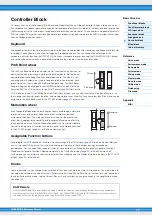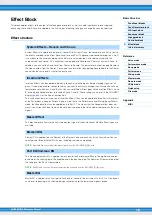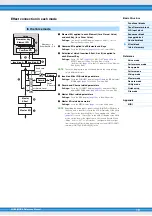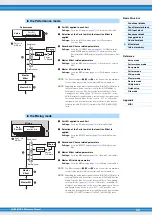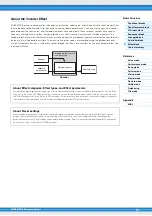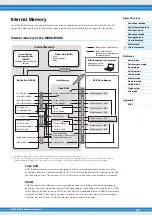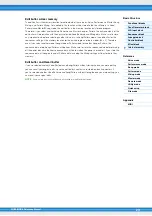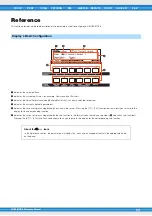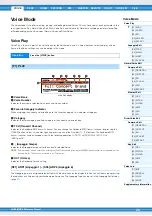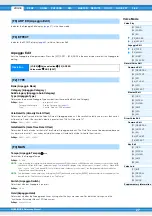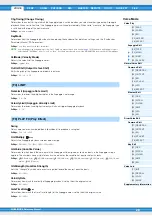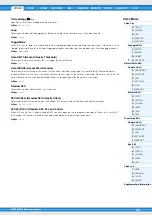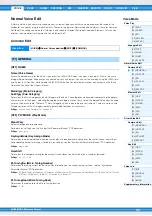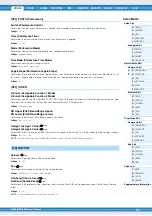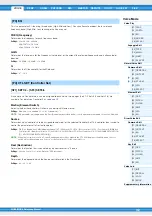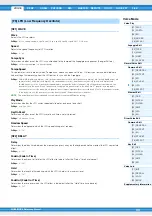
MOX6/MOX8 Reference Manual
18
Effect Block
This block applies effects to the output of the tone generator block as well as audio input block, processing and
enhancing the sound. Effects are applied in the final stages of editing, letting you change the sound as desired.
Effect structure
System Effects are applied to the overall sound. With System Effects, the sound of each Part is sent to
the effect according to the Effect Send Level for each Part. The processed sound (referred to as “wet”)
is sent back to the mixer according to the Return Level, and output—after being mixed with the
unprocessed “dry” sound. This instrument is equipped with Reverb and Chorus as System Effects. In
addition, you can set the Send Level from Chorus to Reverb. This parameter is used to apply Reverb to
the signals output from the Chorus. You can get a natural effect by applying Reverb depth to the Chorus
sound with the same level as that of the dry sound.
Insertion Effects can be applied individually to each of specified parts before merging signals of all
parts. It should be used for sounds for which you want to drastically change the character. Each Voice
features one set which has A and B units. You can set different Effect types to the Insertion Effects A and
B, or apply one Vocoder effect to Insertion Effects A and B. These settings can be set in the CONNECT
display (
) of the Voice Common Edit.
This synthesizer features three sets of Insertion Effects. They can be applied to three Parts (maximum)
of the Performance, Song or Pattern. Keep in mind that in the Performance and Mixing (Song/Pattern)
mode, the Vocoder effect can be applied only to Part 1. This means that the Vocoder effect does not
work if you assign the Voice (to which the Vocoder is applied in the Voice mode) to other parts (Part 2 or
higher).
This block applies effects to the final stereo output signal of the entire sound. Multiple Effect types are
available.
Element EQ is applied to each Element of the Normal Voice and each key of the Drum Voice. You can
specify one of three different EQ shapes, including shelving and peaking.
NOTE
Element EQ does not affect the Input signals from the A/D INPUT [L]/[R] jacks.
This 3-band parametric EQ is applied to each part of the Performance/Mixing. The high band and low
band are of the shelving type. The middle band is the peaking type. The Common EQ parameters offset
the settings of the Part EQ parameters.
NOTE
Part EQ and Common EQ do not affect the Input signals from the A/D INPUT [L]/[R] jacks.
Master EQ is applied to the final (post-effect), overall sound of the instrument. In this EQ, all five bands
can be set to peaking, with shelving being available also for the lowest and highest bands.
System Effects – Reverb and Chorus
Insertion Effects
Master Effect
Element EQ
Part EQ/Common EQ
Master EQ














